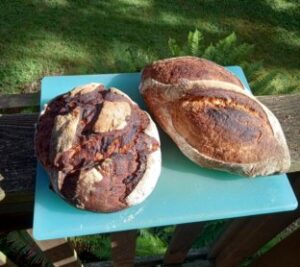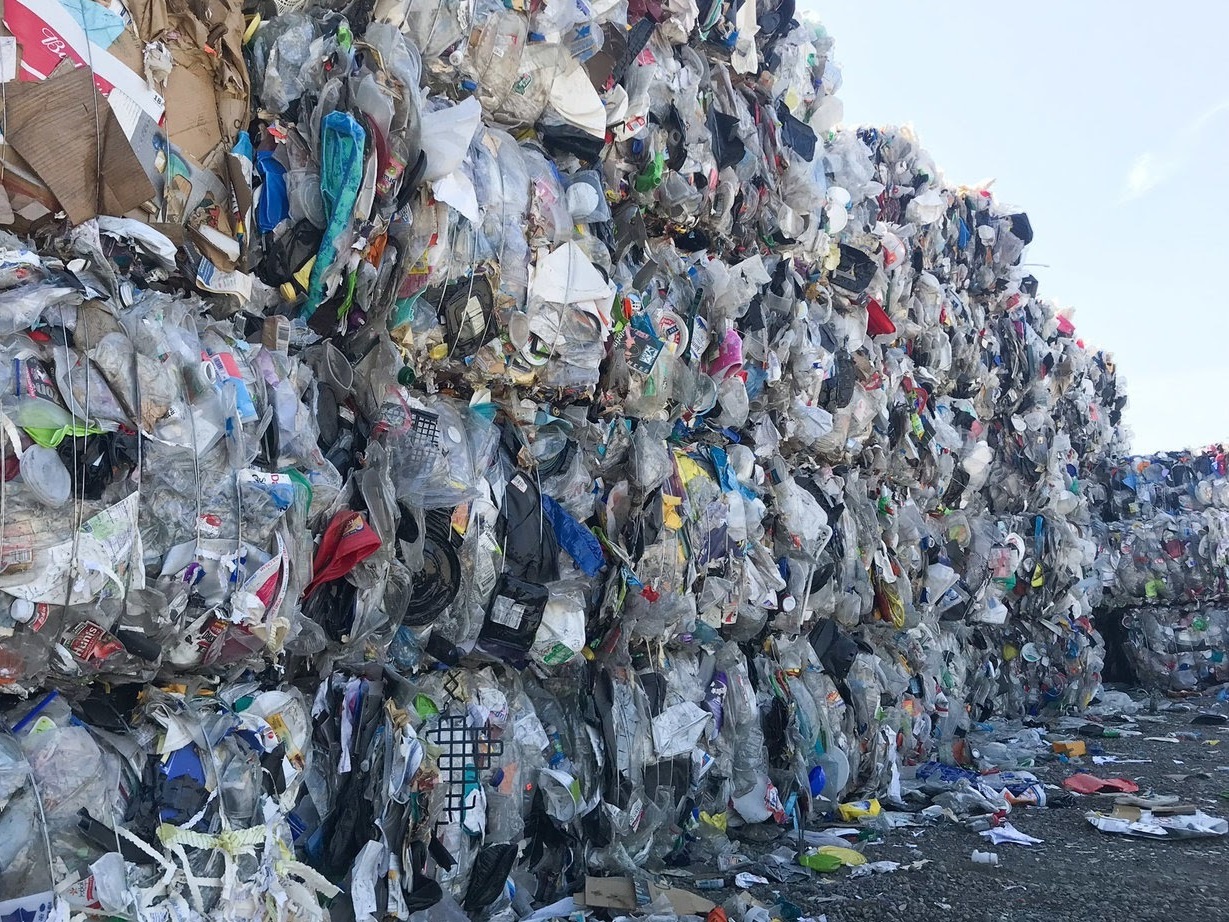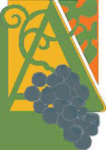lummi island wine tasting oct 6 ’23
Fall Hours begin this weekend:
Open Friday 4-6
This week’s wine tasting

morning moonset over Orcas
Phantom Chardonnay ’21 California $15
Entices with its rich layers of green apple and pear that lead into spicy flavors of freshly baked apple pie, while barrel fermentation imparts a creamy, luscious mouthfeel finishing with sweet notes of vanilla and melted caramel.
Quinta Do Vallado Douro Red ’14 Portugal $16
Blend of Touriga Franca, Touriga Nacional,Tinta Roriz, Sousão; lovely, floral black cherry and black currant fruit; supple yet structured with notes of pepper, meat, and a lovely herbal twist.
Sineann Cabernet Sauvignon ’17 Oregon $27
Classic Columbia Valley cab– dark, well-balanced, food friendly, and age-worthy. “We easily could have vineyard-designated any of the components of this Cabernet; we chose instead to blend it into this gorgeous wine. You will rarely experience a wine this good that costs this little!”
NO Friday Bread Pickup This Week!

Sorry, as all of you on the bread mailing list already know, our baker has conflicting obligations this week, so (sniff) NO bread Friday this week. 😕
Wine of the Week: Sineann Cabernet Sauvignon ’17 Oregon $27

The Sineann Winery is located just across the road from Oregon’s Champoeg State Park. We generally pop in to taste wine several times a year when we are visiting the park with our trailer. We still have a handful of these from our visit last year.
The winemaker gives it a glowing description:
Our 2017 Columbia Valley Cabernet is made up of Cabernet Sauvignon, and only Cabernet Sauvignon, from Phinny Hill Vineyards.We easily could have vineyard-designated any of the components of this Cabernet, but we chose instead to blend it into this gorgeous wine. You will rarely experience a wine this good that costs this little!
This wine is classic example of what a well-crafted Columbia Valley Cab can be – dark, well-balanced, food-friendly, will age very well, and a great value!
Economics of the Heart: Suicide By Plastic

courtesy opb.org
For several years PBS has been doing specials on how billions of tons of plastic have been created by the global petroleum/chemical industry. We old-timers remember vividly this passing scene in 1967 film The Graduate in which the young Dustin Hoffman character was pulled aside for some advice about a career…in Plastics. Well, as we all know, the fellow’s prediction was absolutely true: the plastics industry would take off and take over the world. Sure, it has made a lot of people very rich, turned a lot of little kids’ rooms into Lego-riddled mine fields, and made $gazillions for a giant industry. But at what cost?
Over the next several decades plastic bags replaced paper ones, followed by plastic car interiors, bottles, dishes, trash cans, dinnerware, straws…pretty much anything could be and therefore has been made of the stuff. And it will last virtually forever, even millions of years after the grinding wheels of time turn it all to powder, each molecule will still be intact. And for the most part, it was curiously cheap to produce (if you don’t count the environmental damage), cheaper than paper, leather, glass, you name it, all quite magical, all these wonders from just your basic hydrocarbons made from, you know, old dead things from a very long time ago.
While a bunch of us started being concerned about these trends by the early seventies, the petroleum industry hadn’t yet even shifted into second gear. A glance at this chart shows that plastic production has been steadily accelerating– increasing at a slightly increasing rate –for the last seventy years, passing five hundred million tons per year in 2020. So if you want to figure out how much plastic has been made from the beginning, you have to add all those annual production numbers since 1950, visually represented by the area under the curve, a total of around 160 billion tons of the stuff. All of is still sitting around us on our dear planet’s surface, in our air, in our waters all over the globe, and in our bodies.
Awareness and concern about the increasingly visible costs of pollution grew in the sixties, ushered in the first Earth Day in 1971, and became a factor in how a lot of us chose our college and grad school majors– in my case marine resource economics. Still, though the early seventies saw a lot of progressive ideas and accomplishments, the decade became politically more and more cool toward environmental awareness and concern, ultimately ushering in forty years of Reaganism, during which all attempts at environmental maintenance and improvement met fierce opposition from the Reagan Right.
About fifteen years ago, when I was involved for a couple of years with designing some pilot courses as a basis for a new Institute of Sustainability at WWU, I was introduced to this charming video from the Story of Stuff Institute and the Tides Foundation. This film was an engaging introduction to the field of environmental economics, which has “inconveniently,” as Al Gore put it, told the truth about the fact that, for example, a large proportion of GNP, which Business insists is the Holy Grail we want to maximize, includes a lot of costs to our health, our ecosystems, our waters, habitats, and the rapidly escalating destruction we are seeing from ever intensifying fires, winds, floods, tornadoes, landslides, heat waves, and sea level rise from global climate change.
By 2020 and we were seeing scenes all over the world like this one of a sea turtle with a discarded rod (plastic?) up its nostril, the cost of just one tiny bit from the millions of tons of plastic waste building up all over the world’s lands and waters and accumulating in the food chain.
PBS has produced a number of videos in recent years, as this search reveals.
If you enjoyed this post, please consider to leave a comment or subscribe to the feed and get future articles delivered to your feed reader.

 2072 Granger Way
2072 Granger Way